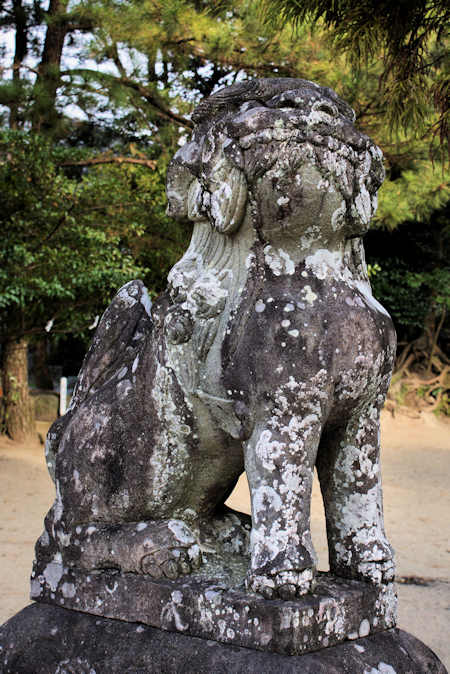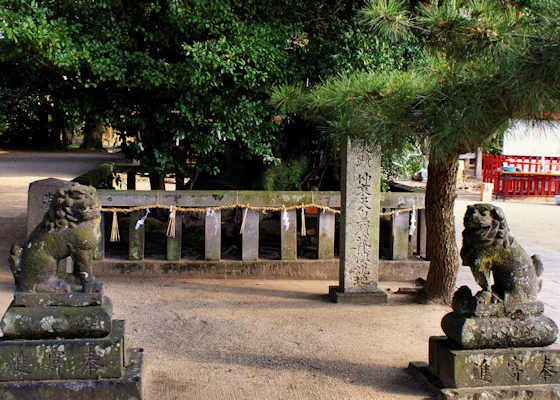Showing posts with label jingu. Show all posts
Showing posts with label jingu. Show all posts
Sunday, February 16, 2025
Ikuta Shrine Sannomiya
Friday, November 29, 2024
Miyajidake Shrine
Tuesday, September 24, 2024
Chinkaiseki Hachimangu Shrine Itoshima
Saturday, October 29, 2022
Misetaireiseki Shrine & the Myth of Empress Jingu
Misetaireiseki Shrine & the Myth of Empress Jingu
There is absolutely zero historical evidence of such an invasion, but in the 20th century, the Jingu myth was used to justify the occupation of Korea.
According to the myth, she took with her a stone containing the spirit of Chuai, and on her return left it here and founded the shrine to protect Korea.
The third photo is of the rock around which the shrine is based. The 6th photo is inside the Awashima Shrine in the grounds. Misetaireiseki Shrine is one of only a few shrines in the Chikugo region that were listed in the Engi Shiki, which means it used to be quite important.
Wednesday, October 26, 2022
Yokoguma Hayabusataka Shrine
Japan Shrines
According to the story, Emperor Chuai, considered the last of the "emperors" of the Yayoi period, and who was based here in northern Kyushu rather than the Yamato area, received an omen from the kami Takamimusubi who took the outward form of a bird that alighted on a pine tree before flying off to the north.
My next stop was the nearby Frog Temple, Nyoirinji, and several of the shrines i visited later were also connected to Jingu.
Sunday, February 6, 2022
Sumiyoshi Shrine Hakata
Sumiyoshi Shrine Hakata
Labels:
hakata,
jingu,
national treasure,
Shrine,
torii
Subscribe to:
Posts (Atom)






























































